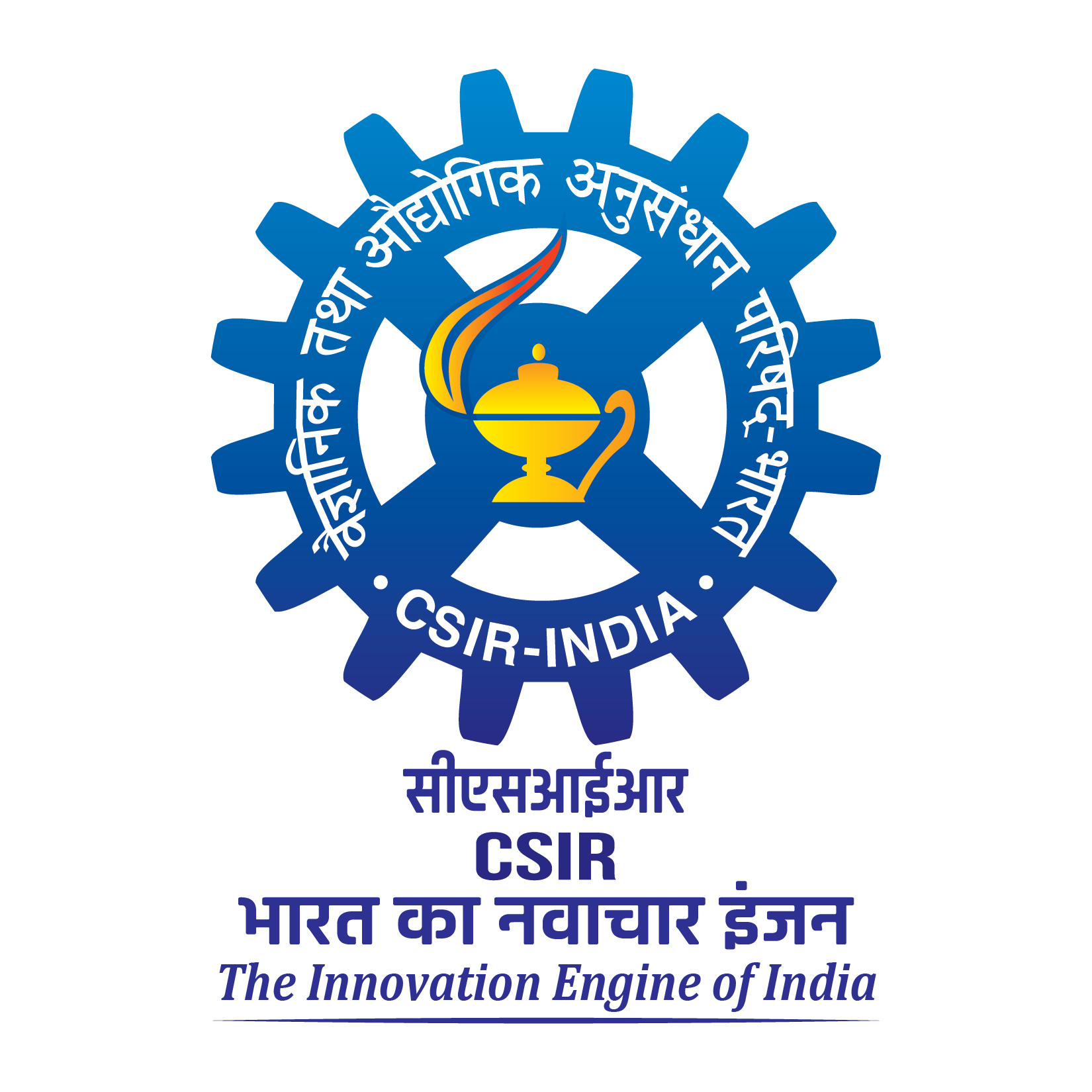by Rekha Bharali Gogoi, Govindan Kutty, V. Rakesh & Arup Borogain
The impact of deploying a flow-dependent ensemble error covariance in Weather Research and Forecasting (WRF) three-dimensional variational (3DVAR) data assimilation (DA) system is examined for short-range rainfall forecasts during an Indian summer monsoon season. The flow-dependent background error covariance (BEC) is generated using a 50-member ensemble, which is further updated using the ensemble transform Kalman filter (ETKF). Assimilation is performed using a Hybrid variational-ensemble (“Hybrid”) and traditional 3DVAR DA system during the 4 weeks of July 2013. The forecasted wind, temperature, and rainfall from the assimilation experiments are verified against corresponding observations. The results indicate that the flow-dependent ensemble background error covariance in 3DVAR has systematically improved the forecasted wind and temperature when compared to the traditional 3DVAR. Similarly, rainfall forecast skill is superior in the Hybrid experiments relative to that of 3DVAR. Convection-permitting resolution rainfall forecast is validated against 746 telemetric rain gauge observations over the state of Karnataka. The Hybrid experiments show higher quantitative precipitation forecast skill than 3DVAR, particularly towards the later stages of data assimilation cycling. Spatially, the 3DVAR experiment shows a dry bias over the upper peninsular regions and a slight wet bias over the central and the northern Indian regions, while the magnitude of such wet and dry biases is smaller in forecasts from Hybrid analysis. Additionally, the westerly wind over the peninsular Indian landmass analyzed by 3DVAR is considerably weaker than that analyzed by the Hybrid experiments. This is proposed as a possible reason for the reduced dry bias in rainfall forecasts over the Indian landmass in Hybrid versus 3DVAR experiments.
Source: https://link.springer.com/article/10.1007/s00024-020-02537-6

